Editor’s note: Hebrew University’s Prof. Yuval Dor is head of the Israel Science Foundation’s life sciences and medicine division, which operates the Israeli Precision Medicine Partnership, the organization that is awarding the grant money. HU research represents six out of the 16 projects that received funding.
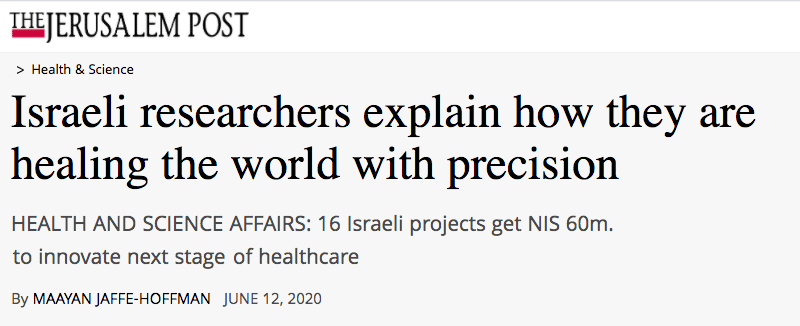
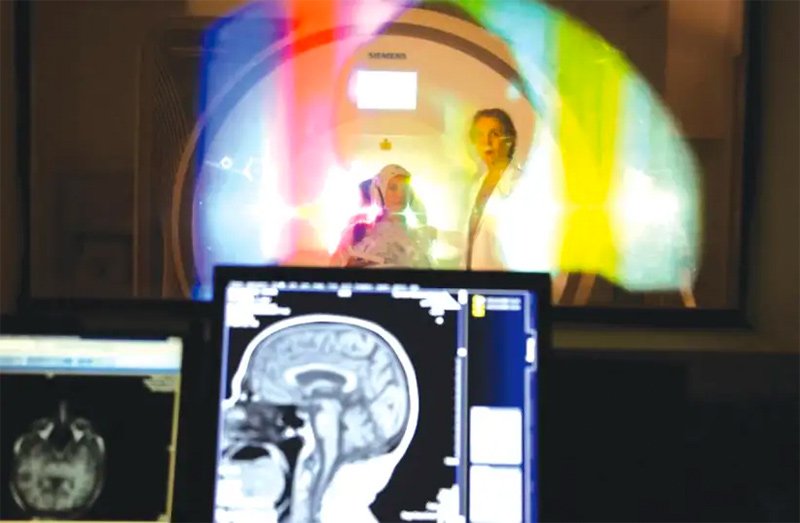
Data governs our lives more than ever. But when it comes to disease and death, every data point is a person, someone who became sick and needed treatment.
Recent studies have revealed that people suffering from the same disease category may have different manifestations. As doctors and scientists better understand the reasons underlying this variability, they can develop novel preventive, diagnostic and therapeutic approaches and provide optimal, personalized care for every patient.
To accomplish this goal often requires broadscale collaborations between physicians, basic researchers, theoreticians, experimentalists, computational biologists, computer scientists and data scientists, engineers, statisticians, epidemiologists and others. They must work together to integrate scientific and medical knowledge, theory, analysis of medical big data and extensive experimental work.
This year, the Israel Precision Medicine Partnership (IPMP) selected 16 research projects to receive NIS 60 million in grants with the goal of advancing the implementation of personalized healthcare approaches – providing the right treatment to the right patient at the right time.
All the research projects pull data from Israel’s unique and vast medical databases.
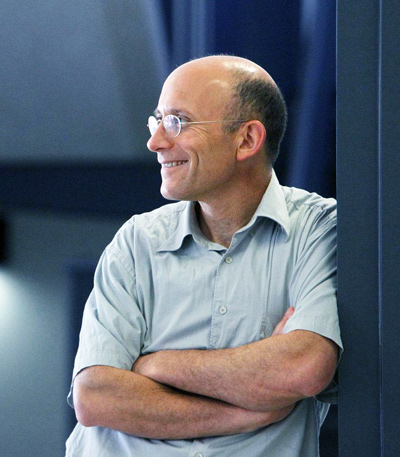
The winning proposals are from a range of universities and medical institutions, and they address fundamental questions in human health that are “expected to generate important scientific insights and medical applications,” said Prof. Yuval Dor, head of the Israel Science Foundation’s life sciences and medicine division.
The winning proposals were selected by an international committee chaired by the 2006 Nobel Prize laureate in chemistry, Prof. Roger Kornberg of Stanford University, and the grants for the projects are among the largest ever awarded to Israeli researchers by an Israeli funding body. This is the second cycle of the program.
Shai-Lee Spigelman, CEO of Digital Israel, a program of the Social Equality Ministry, said she hopes that the research programs will “strengthen the excellent existing collaboration between
Israel’s academia and health system. This collaboration underpins Israel’s excellence in health and is one of the reasons for Israel’s success in battling the first wave of the coronavirus pandemic.”
Here are four of the winning proposals that these researchers hope will help heal the world:
Fighting infectious disease
Team: Dr. Ronen Hazan, the Hebrew University of Jerusalem; Dr. Daniel Barkan, HU; Prof. Ran Nir-Paz, Hadassah Medical Center; Prof. Michal Baniyash, HU
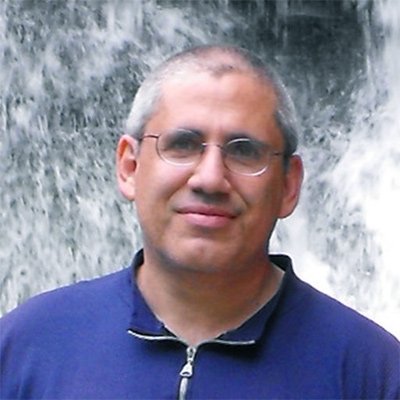
An alarming average of 20 people per day die in Israel from antibiotic-resistant bacteria.
“When someone is resistant to antibiotics, we have to say we are really sorry but there is nothing we can do,” Hazan told The Jerusalem Post. “We have to go back to the days of holy water or eating garlic or honey, because we don’t have a solution.”
Hazan’s team, however, believes it has established a solution: The use of bacteriophages – viruses that kill bacteria efficiently and precisely.
He said that because phages accurately target bacteria, they do not cause damage to the “beneficial” microbiome bacteria. Furthermore, their accuracy ensures that the treatment is personally tailored to each patient.
Hazan explained that phages are found in nature and readily available. They can be used individually or combined as a cocktail. Moreover, they can be genetically engineered to be optimized and replicated.
“We know how to take wild cows, and by breeding and selecting, we get calm cows with lots of milk,” Hazan said. “It’s the same thing with phages. You can take them and choose the best ones and use them again and again and again – then, you get very good killers.”
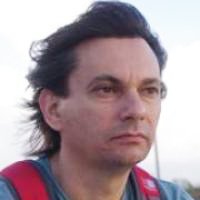
So far, Hazan’s lab has built a bank of around 300 phages, one of the largest in the world. Hazan and Nir-Paz have tested their work on four patients in Israel under the country’s Compassionate Use regulations, and it shows promising signs of success.
“The first case was a taxi driver… who broke his legs,” Hazan recalled. “He had an operation and his knee became contaminated with two antibiotic-resistant bacteria. The doctors said they were going to amputate his leg because if the bacteria crossed the knee, he would have died.”
The driver was terrified; losing his leg would mean losing his livelihood. So, Nir-Paz and Hazan’s team offered him phage therapy.
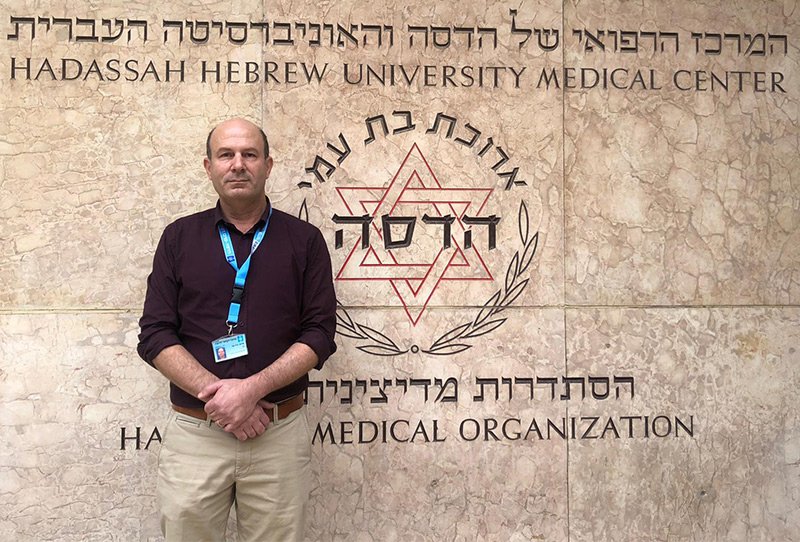
“After three to four days, he showed signs of improvement,” Hazan said. “After three to four weeks, the infection was gone. He was back on his legs and back to driving.”
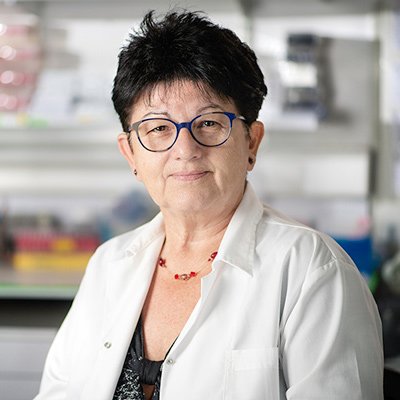
The group is using the IPMP grant to help identify new phages and to identify, screen and train some of the best ones that exist in the Israeli Phage Bank. Next, Hazan said they hope to establish a treatment center for personalized phage medicine.
“Infectious disease is predicted to be the No. 1 cause of death in the world by 2050,” Hazan told the Post, noting that in Israel mortality rates from infectious diseases, which doubled in the past two decades alone, are not only higher than in every other developed country, they are 73% higher than the second-ranked country.
“We want to change this trajectory,” Hazan said. “I cannot predict the future, but I hope this number of 20 patients dying per day will go down…. Within a few years, we should be there.”
Treating chronic wounds
Team: Prof. Aharon Blank, Technion – Israel Institute of Technology; Prof. Mogher Khamaisi, Rambam Health Care Campus and the Technion; Prof. Marcelle Machluf, Technion; Dr. Yaron Fuchs, Technion
Chronic diabetic and other wounds are a burden on the people who suffer from them and on the economy. Around 2.5% of the US budget for medical care is for treating chronic wounds.
This IPMP study aims to develop new approaches for personalized diagnoses and treatments of chronic wounds with the hope of offering a radical new way of treating them by means of a personalized, wound-specific, artificial skin graft combined with personalized oxygen therapy.
“One of the ways to treat chronic skin wounds is putting an artificial layer of skin on the wound, which is called a graft, to promote skin growth and vitality,” said Blank. “We are actually combining in the graft a small particulate – almost like dust that is embedded inside the graft. Those particulates provide information about the local oxygen concentration in the skin with the aid of an external, compact magnetic resonance sensor.”
Blank explained that oxygen is a particularly important factor for knowing if the skin treatment is working. He also said that some patients require oxygen therapy, which they receive in a hyperbaric oxygen therapy chamber. However, it is exceedingly difficult to monitor the oxygen level in the skin.
“Doctors can get some very indirect information about what is going on there, but not more,” Blank told the Post. “If we have sensors as part of the therapy, it will give you accurate information about what is going on, and you can modify therapy or adopt a new therapy according to what the individual patient needs.”
Moreover, Machluf is working on utilizing 3D printing of skin grafts to better match the wounds using porcine arterial extracellular matrix proteins that can hopefully enable faster skin growth.
The impact should be more targeted and effective treatment and faster recovery times.
The hope is to start clinical trials in three years and complete regulatory approvals within five to six years.
Prolonging the lives of pancreatic cancer patients
Team: Prof. Eyal Gottlieb, Technion; Dr. Yaacov Richard Lawrence, Sheba Medical Center; Dr. Keren Yitzhak, Technion; Dr. Talia Golan, Sheba
Pancreatic cancer is a malignant disease that typically does not respond well to conventional therapy. The median survival for advanced pancreatic cancer is about one year, despite therapy.
Recently, a subgroup of pancreatic cancer patients, in whom the tumors are deficient in a genetic repair mechanism, was characterized. These tumors respond better to DNA-damage-inducing drugs.
“The breast cancer gene, BRCA, has increased prevalence in the Ashkenazi Jewish population, and people who have BRCA mutations have increased likelihood of developing certain cancers,” Lawrence explained. “We talk most about breast and ovarian cancers, but BRCA also leads to pancreatic cancer.”
He said that in a healthy person, repair mechanisms can fix damaged genes. But the repair mechanism for people with the BRCA mutation is not quite as good. Damaged genes can turn into cancer.
“Over the last 10 years or so, people have been thinking about how to exploit this, and developed a new family of drugs called Parp inhibitors, which interfere with DNA repair. So, you get these cancer cells that don’t have the greatest DNA repair and then add onto it Parp inhibitors that further impair the ability of cells to fix DNA damage, and consequently the cells die. These drugs are fairly specific for killing cancer cells that already have BRCA mutation.”
However, it does not always work. Some tumors do not respond at all. And for those that do, they sometimes quickly develop resistance to the Parp inhibitors, rendering them unhelpful.
By combining genetics and biochemistry, the research will map the metabolic profile of these tumors, to decipher mechanisms of resistance to therapy and identify ways to overcome it.
“We need to understand why some tumors respond and others don’t,” Lawrence said. “Then, the next step will be to devise strategies to overcome that resistance.”
The project should take at least three to four years, he said.
“Pancreatic cancer is a terrible disease,” Lawrence added. “Our hope is that through novel combinations of these drugs, we will develop more or better therapy for our patients.”
Predicting post-trauma psychopathology
Team: Prof. Talma Hendler, Tel Aviv University and the Tel Aviv Sourasky Medical Center; Prof. Noam Shomron, TAU; Prof. Malka Gorfine, TAU; and Prof. Lior Wolf, TAU
Stress affects everyone’s physical and mental well-being, but individuals differ in how they react to it. Today, there is no way to predict who is going to develop long-term psychopathology after a traumatic event.
This team is working to combine their expertise in neuroscience, psychiatry, genetics, statistics and artificial intelligence to develop a risk-prediction model for various psychopathologies based on data gathered from 150 individuals who have been exposed to a traumatic life event, via advanced brain imaging techniques (fMRi and EEG), genetic, epigenetic and cognitive function measures, and clinical indices.
While building the model over the next four years, the team hopes to gather data on another 100 people, which it will use to validate the model.
A major novelty in the data acquisition approach is the focus on repeated measures within the same person in a way that captures the dynamics of stress response.
Hendler explained that some people are more resilient in the face of trauma, and others get more chronically sick, sometimes to the point of becoming debilitated and dysfunctional.
“We survive physically but become hurt mentally for different reasons, and we don’t really know the reasons per an individual,” she said. “The idea is to have a model that can tell us, at a very early stage after a traumatic event, who are the people who might develop long-term psychopathology.”
If it works – and Hendler said it will take about five years to complete – the model could guide early personalized interventions and improve long-term prognosis, as well as provide the basis for similar developments in other psychopathologies.
Hendler said the first successful models will likely be used in emergency rooms as part of their protocol for determining treatment after a traumatic event. Then, her vision is to make it accessible to individuals who can use it to monitor themselves and be alerted to the need for seeking medical intervention.
“You will know your blood type, and you will know your neuro-mental type,” Hendler said. “Doctors will be able to say that a certain person has a greater risk of falling into a disturbed mental condition and needs more attention early on, or in a specific manner.
“Right now, doctors really have no clue,” she continued, explaining that psychiatrists treat patients based on talking to them.
But she believes it is time to “bring psychiatry back to medicine…. This is the future of psychiatry,” Hendler stressed. “It opens the door for more brain-oriented psychiatry, where psychiatry has objective testing, and clinical decisions are guided by an assumed mechanism.”